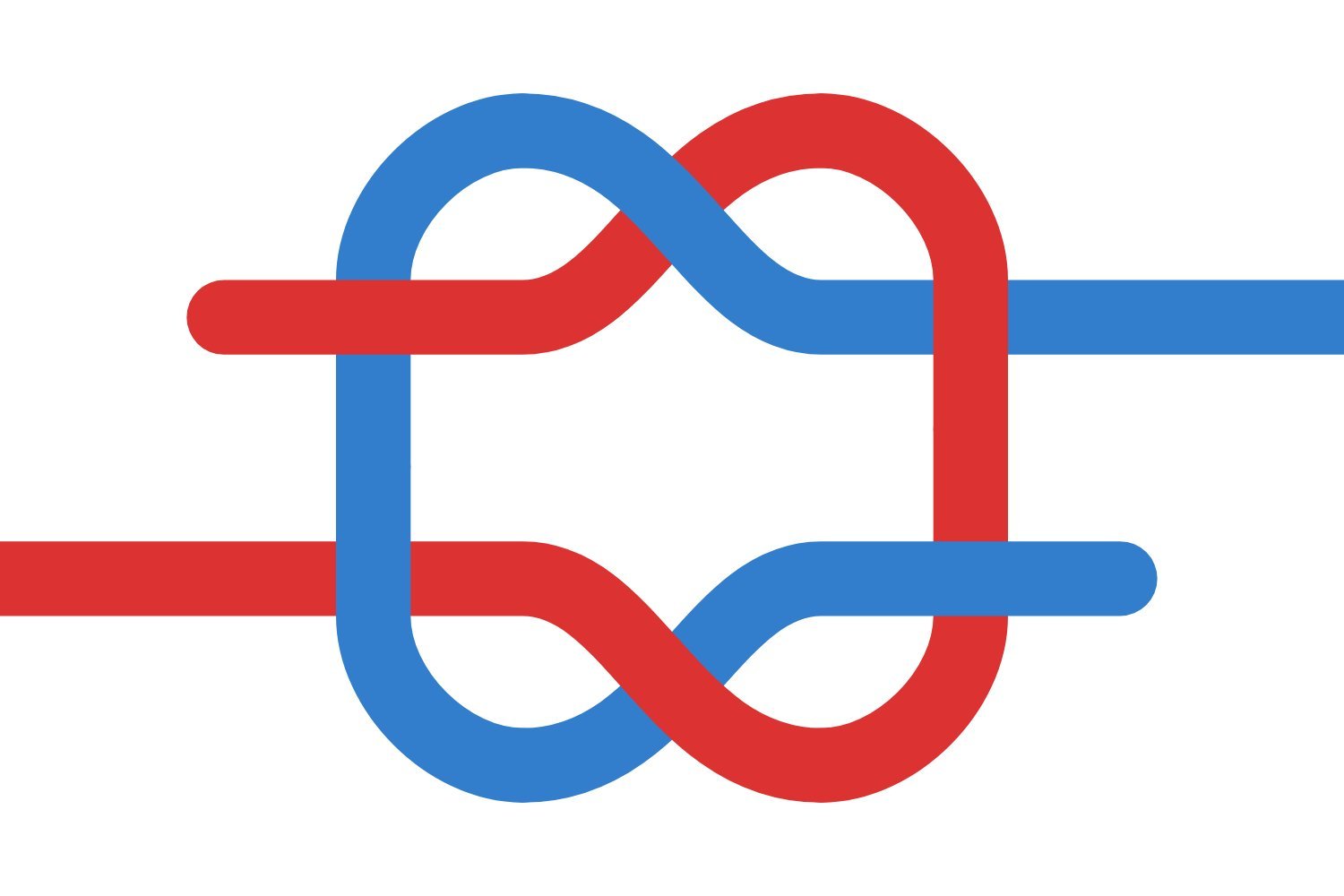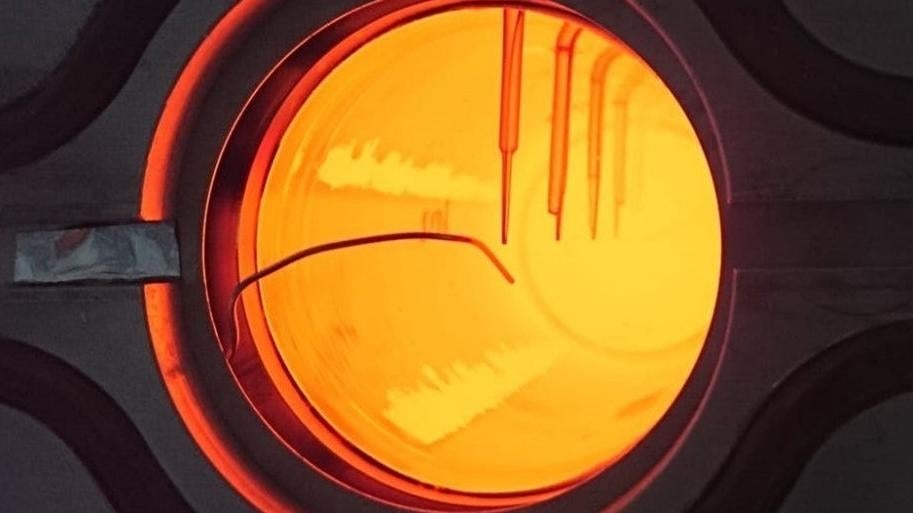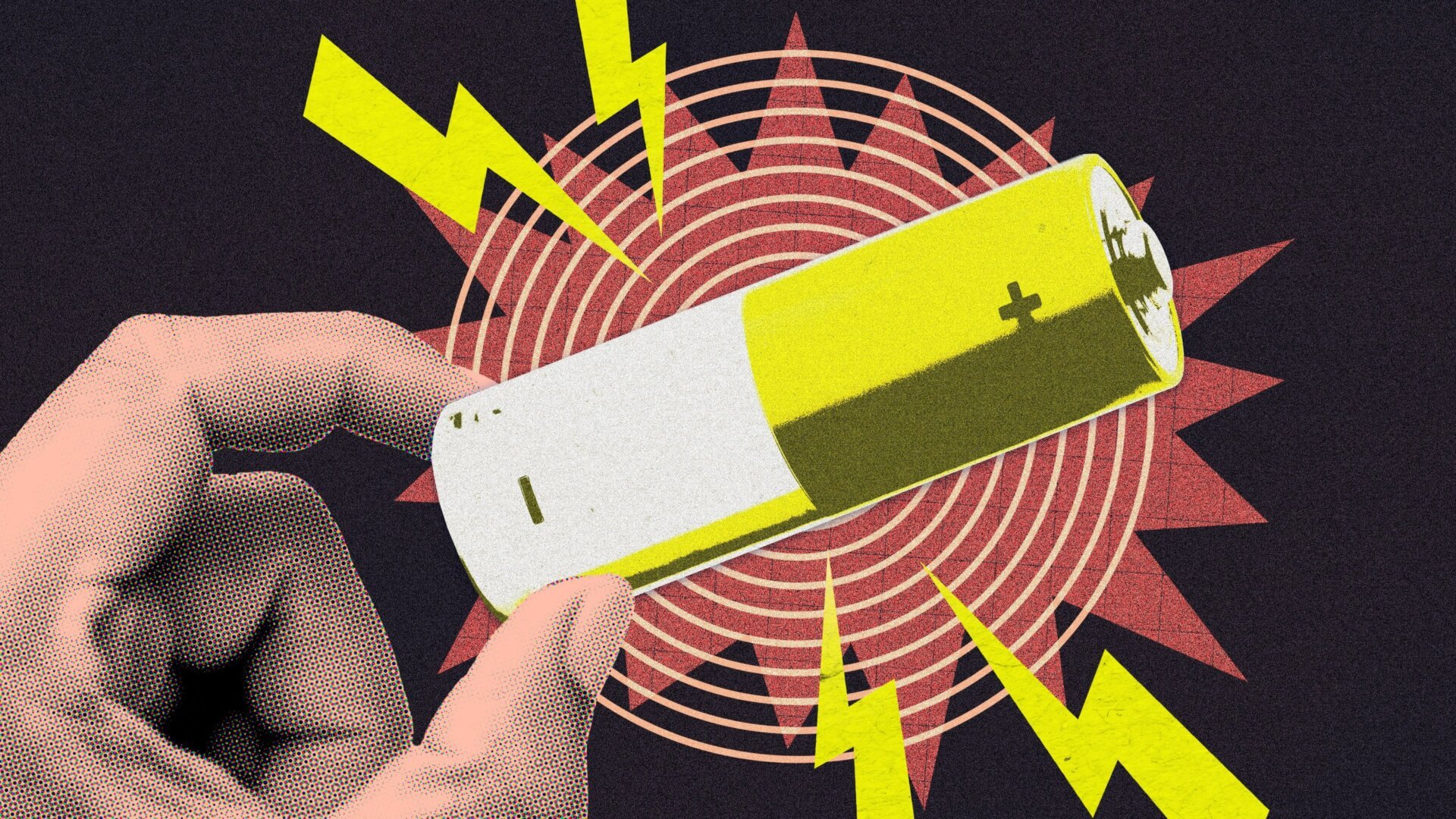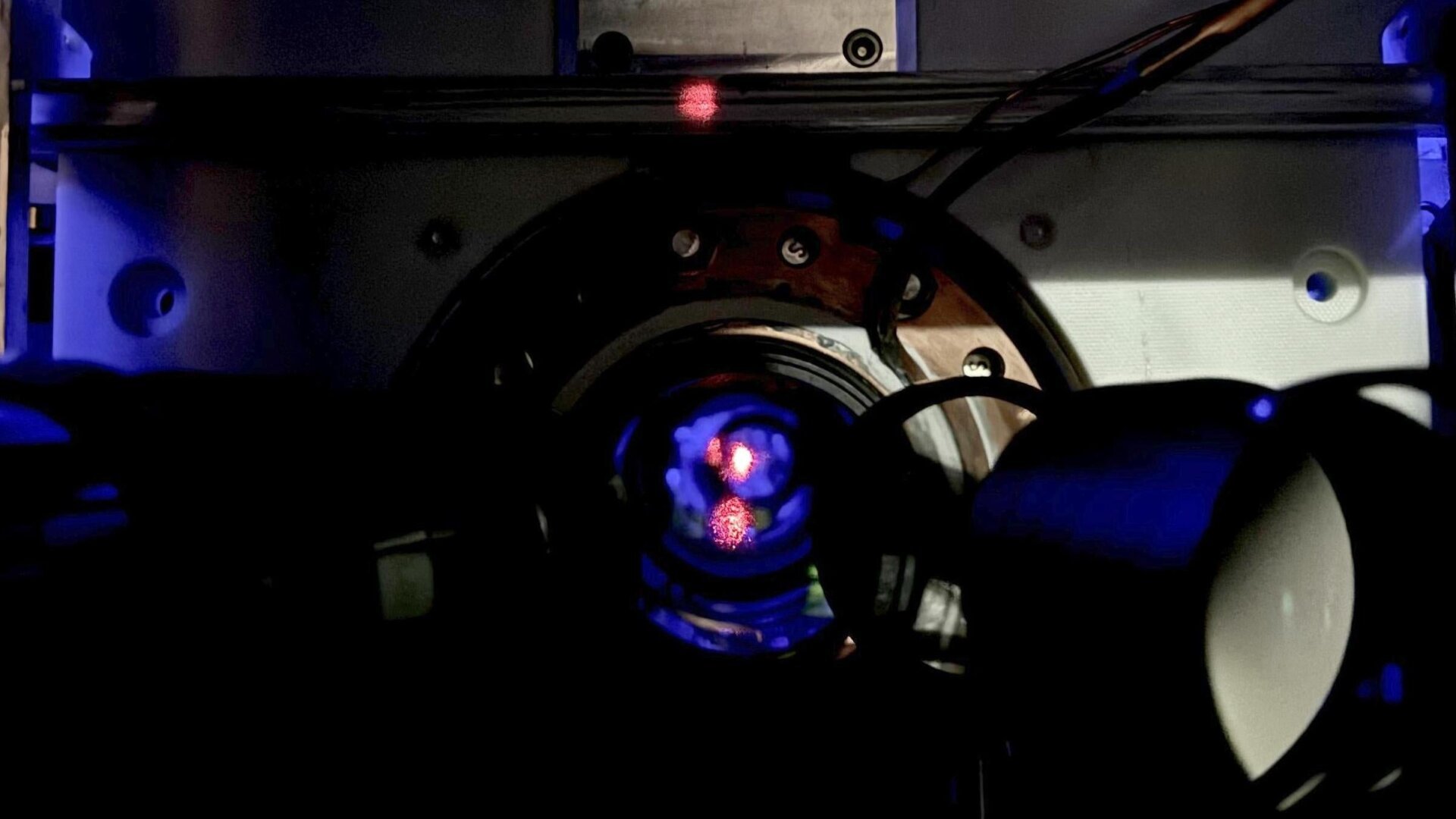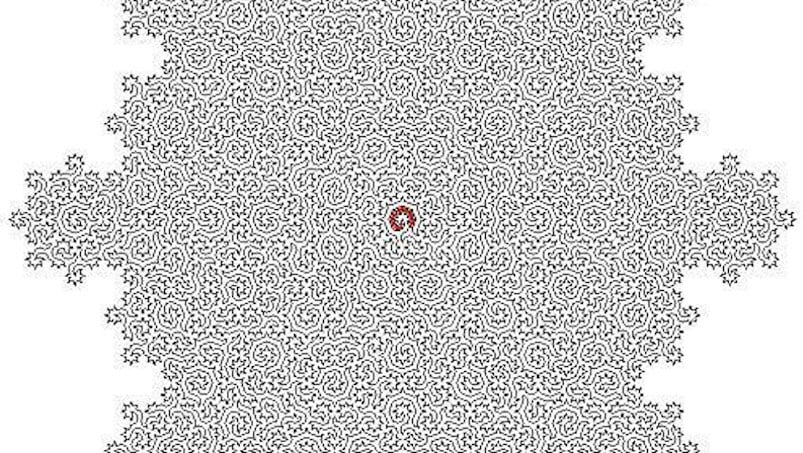Knots are everywhere in our daily lives, from our shoelaces and headphones to intricate gift wrapping. Yet, a recent study reveals a surprising truth: we’re remarkably bad at understanding them. Research from Johns Hopkins University, published in Open Mind, suggests that knots represent a significant blind spot in our physical reasoning.
This intriguing research originated from a simple embroidery project. PhD student Sholei Croom, working with Professor Chaz Firestone, encountered a tangle of embroidery floss on the back of their work. The unexpected difficulty in understanding the knot sparked a realization: knots might expose a gap in our intuitive physics – our ability to predict how the world works simply by observation. “People constantly make predictions about how physics will play out, but something about knots felt counterintuitive,” Croom explained in a university statement. “You can assess the stability of stacked books without touching them. You can estimate a bowling ball’s impact without feeling it. But knots seem to challenge our judgment in unique ways.”
Croom and Firestone devised a simple experiment to test this theory. Participants were shown pairs of knots, ranging in strength from the robust reef knot to the weaker grief knot, and asked to identify the stronger one. The results were striking: participants struggled significantly. Even when shown videos of the knots rotating or diagrams of their construction, their accuracy remained poor. Correct guesses were often based on flawed reasoning, leading the researchers to conclude that most people cannot visually distinguish a strong knot from a weak one.
“People are terrible at this,” Firestone remarked. “Knots have been used for millennia. They’re not complex—just tangled string. Yet, when shown images and asked to predict their behavior, people are clueless.” While the study focused on non-experts, Croom suggests that even individuals with experience, like sailors or climbers, might struggle. The researchers hypothesize that our intuitive understanding of soft materials like rope might be inherently weaker compared to rigid objects.
“We seem unable to grasp a knot’s internal structure by simply looking at it,” Croom added. “This highlights how much we still don’t understand about our ability to reason about the physical world.” This research offers a fascinating glimpse into the limitations of human perception and underscores the complexity hidden within seemingly simple everyday objects.
So, the next time you find yourself patiently explaining how to tie a shoelace, remember this study. You might not be as much of a knot expert as you think.



